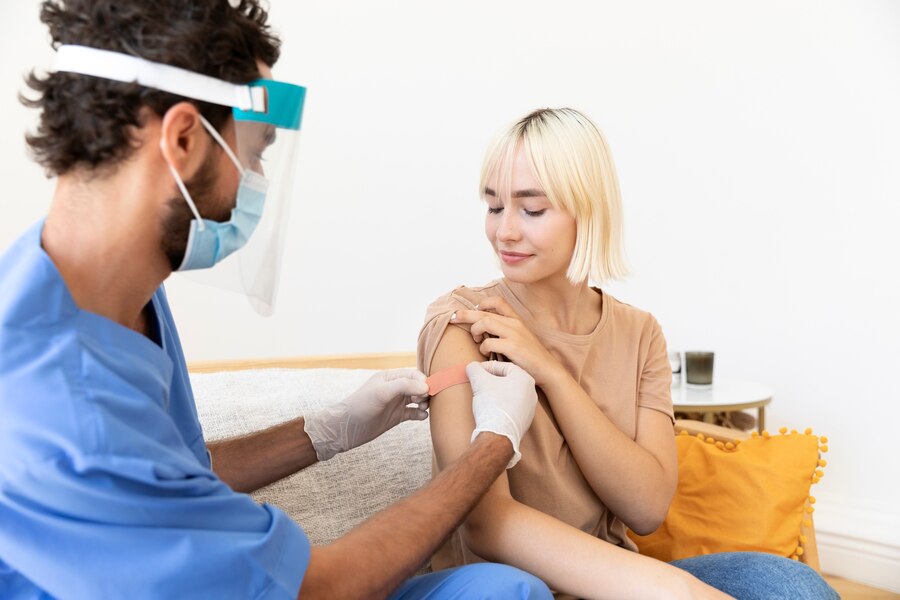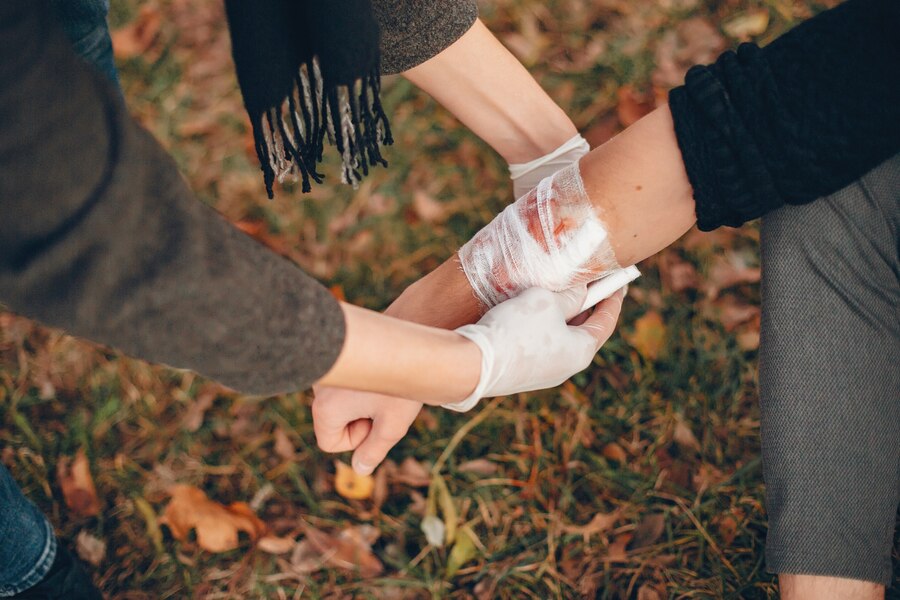Burn injuries can be painful and, in some cases, life-threatening. They occur due to exposure to heat, chemicals, electricity, or radiation, damaging the skin and underlying tissues. While minor burns can be treated at home, severe burns require immediate medical attention to prevent infection, reduce scarring, and promote proper healing.
Urgent care centers play a vital role in treating burns that are moderate to severe but not life-threatening. They provide professional wound care, pain management, and infection prevention, ensuring a faster and safer recovery.
This article explores when to visit urgent care for severe burns, the different types of burns, available treatments, and frequently asked questions about burn injury management.

Recognizing Severe Burns
- Large Burns:
-
- Burns covering a large surface area of the body are considered severe.
- Use the “rule of nines” to estimate the percentage of body surface area burned.
- This rule divides the body into areas that represent 9% or multiples of 9% of the total body surface area.
- Deep Burns:
- Partial-thickness burns:
- Involve the epidermis (outer layer of skin) and part of the dermis (deeper layer).
- Characterized by redness, blistering, and significant pain.
- Full-thickness burns:
- Involve all layers of the skin and may extend into underlying tissues.
- Characterized by white or charred appearance, little or no pain (due to nerve damage), and leathery texture.
- Partial-thickness burns:
- Burns in Specific Locations:
- Burns to the face, hands, feet, genitals, or joints are considered more serious due to potential for complications and functional limitations.
- Other Serious Signs:
- Difficulty breathing
- Signs of shock (rapid, weak pulse; low blood pressure; confusion; fainting)
- Severe pain
- Large blisters
- Blackened or charred skin
- Burns that encircle an extremity (arm or leg)
When to Seek Immediate Medical Attention
- For any suspected severe burn.
- Do not hesitate to seek immediate medical attention if you suspect the burn is severe.
- Call 911 or your local emergency services:
- For life-threatening injuries, such as difficulty breathing, signs of shock, or burns covering a large portion of the body.
- Go to the nearest emergency room:
- For severe burns that require immediate medical attention.
What to Expect at an Urgent Care Center for Severe Burns

- Prompt Assessment:
- Upon arrival, you will be promptly evaluated by a medical professional, such as a doctor or nurse practitioner.
- Comprehensive Evaluation:
- A thorough medical history will be taken, and a physical examination will be conducted to assess the extent and severity of the burn.
- Pain Management:
- Medications will be administered to manage pain.
- Wound Care:
- The burn wound will be carefully cleaned and dressed to prevent infection.
- This may involve debridement, the removal of dead or damaged tissue.
- Fluid Replacement:
- Intravenous fluids may be administered to prevent dehydration and maintain blood pressure.
- Further Treatment:
- Depending on the severity of the burn, further treatment may be required, such as:
- Skin grafts:
- To replace damaged skin with healthy skin from another part of the body.
- Surgery:
- To release constricting bands of skin or to correct deformities.
- Physical therapy:
- To help prevent scarring and improve range of motion.
- Skin grafts:
- Depending on the severity of the burn, further treatment may be required, such as:
- Antibiotics:
- Antibiotics may be prescribed to prevent infection.
- Tetanus Shot:
- A tetanus shot may be administered if necessary.
FAQs
1. What first aid should I administer before seeking medical attention for a burn?
Cool the burned area with cool running water for 10-20 minutes. Do not apply ice directly to the burn. Cover the burn loosely with a clean, dry cloth. Do not apply butter, oil, or any other substances to the burn.
2. What are the signs of a burn infection?
Signs of infection include increased redness, swelling, warmth, pus, fever, and chills.
3. How long does it take for burns to heal?
The healing time for burns varies depending on the severity of the burn. Minor burns may heal within a few days, while severe burns may take weeks or months to heal completely.
4. What can I do to prevent scarring?
Keeping the burn area clean and moist, following your doctor’s instructions for wound care, and using scar management techniques can help to minimize scarring.
Conclusion
Severe burns can be painful and dangerous, requiring immediate medical care. Urgent care centers provide quick, effective treatment for moderate burns, ensuring proper wound management, pain relief, and infection prevention.By following proper first aid procedures and seeking prompt medical attention, you can significantly improve your chances of a full recovery from severe burns.
If you or a loved one suffers from a serious burn, visit our urgent care center for professional medical evaluation and treatment (469) 496-2454 or visit us https://www.tscoaklawn.com
